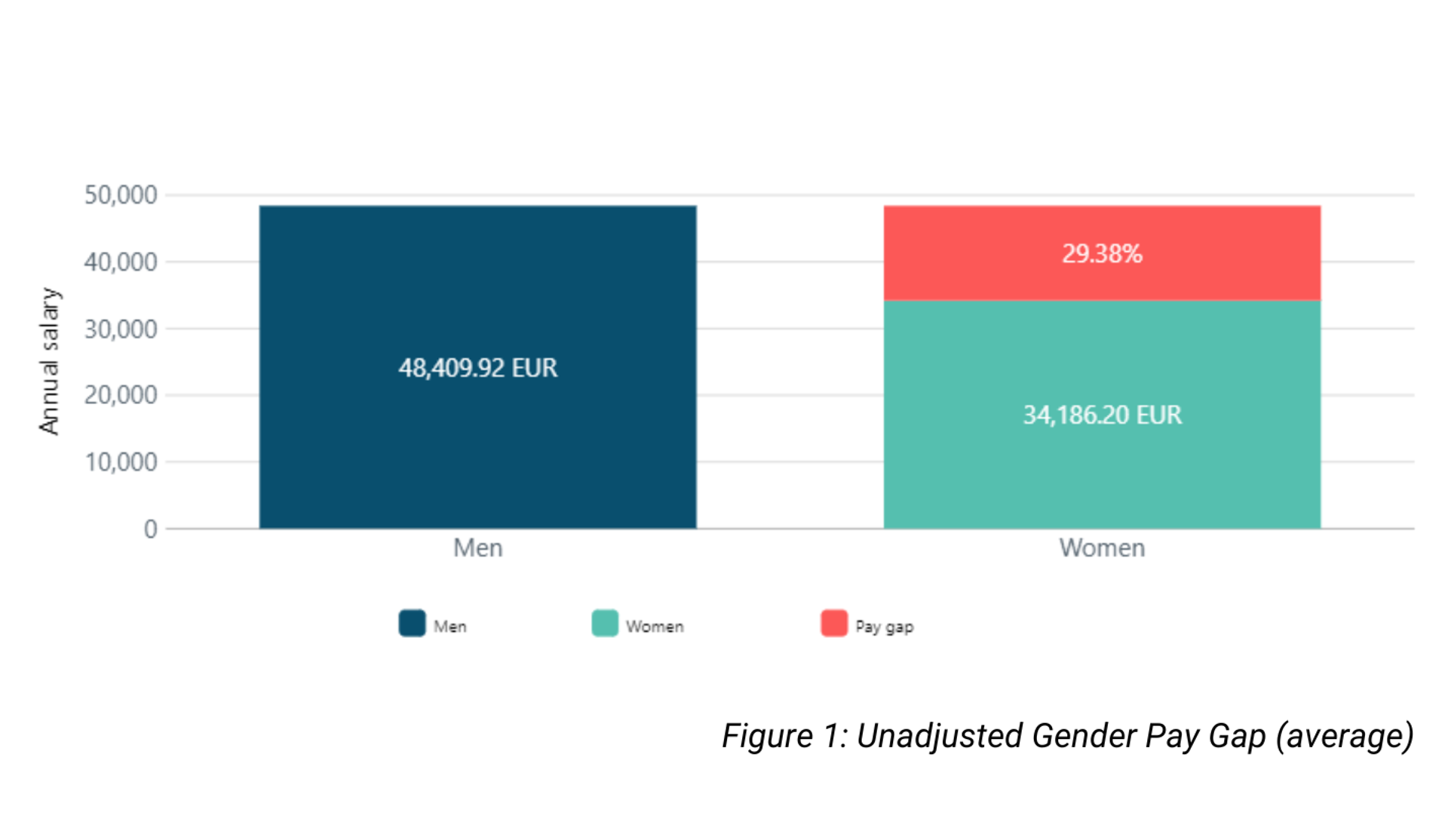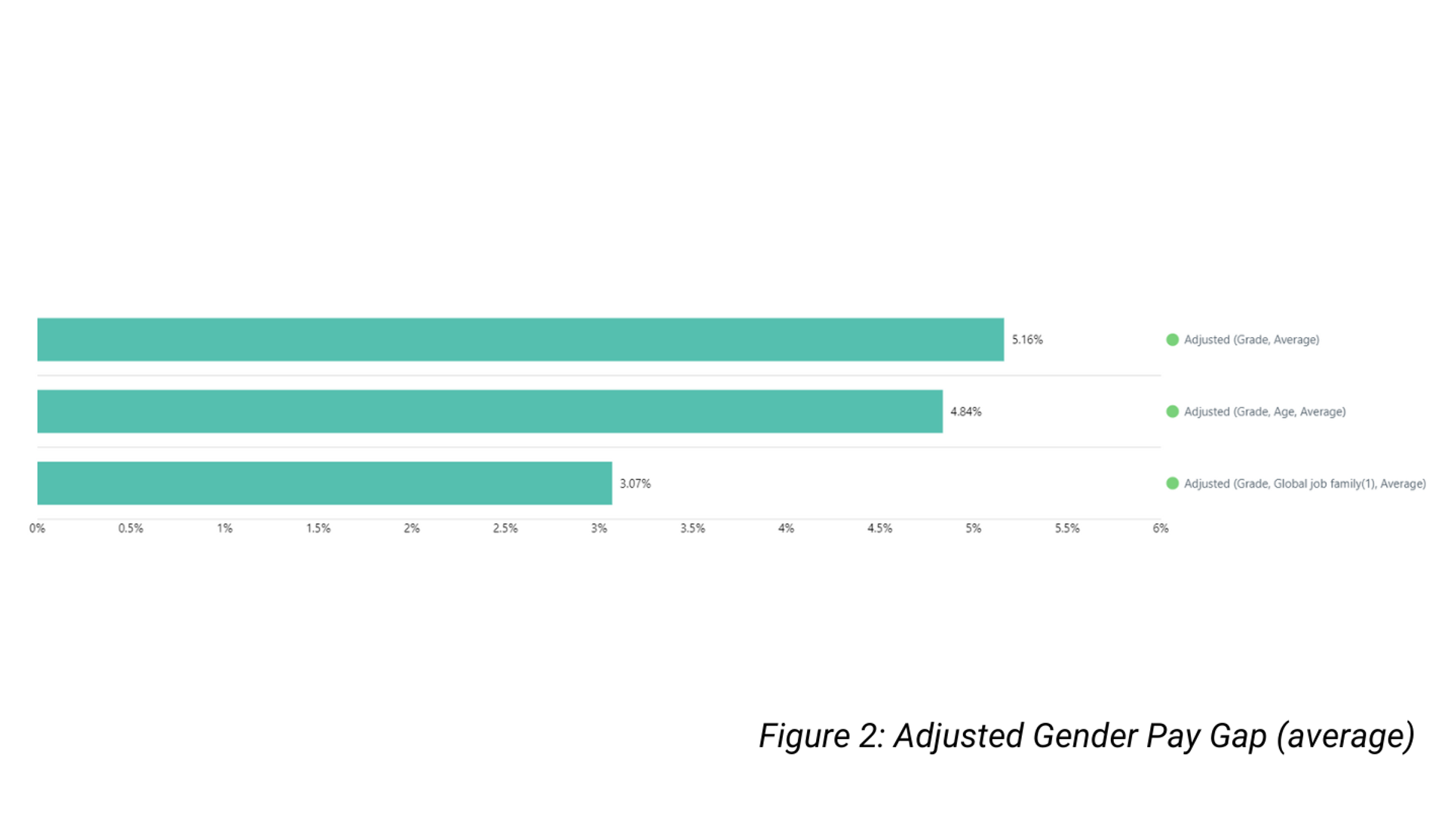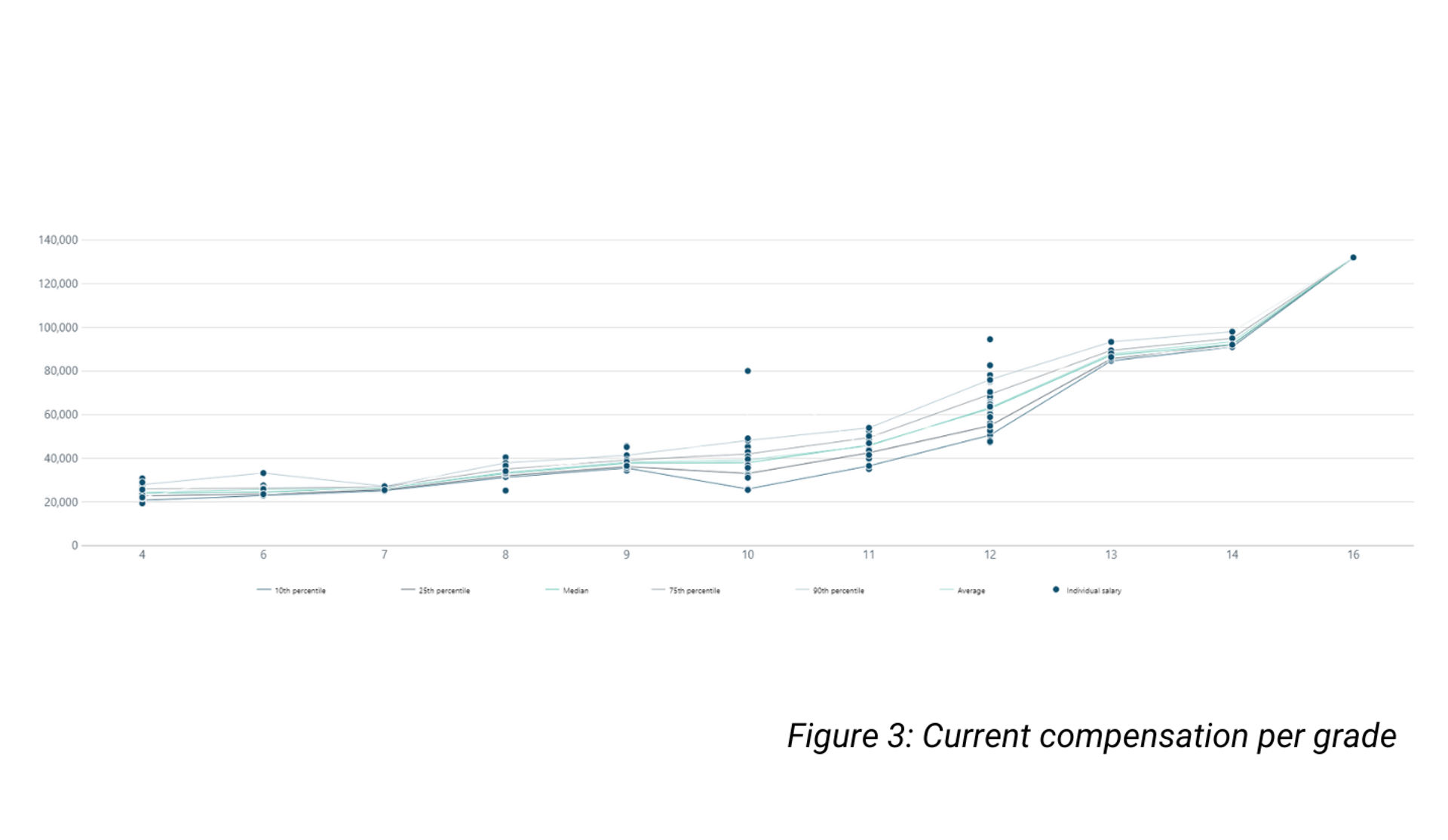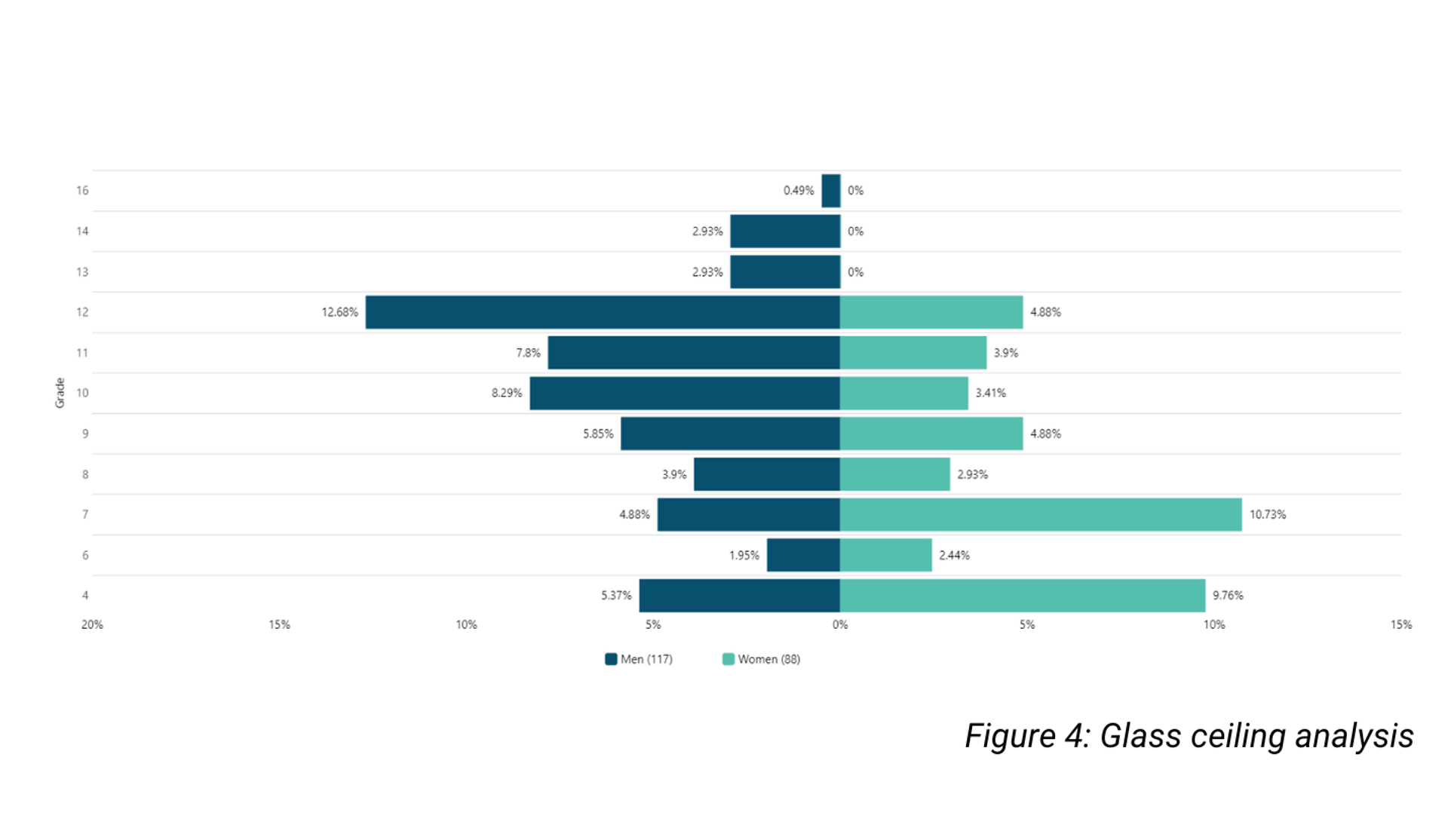Gender Pay Gap: What is it all about and how can I evaluate it?

Hardly any other topic plays such a role in the socio-political discussion as the pay gap between men and women. The gender pay gap describes the difference in salary between men and women. A distinction is made between the adjusted and unadjusted gender pay gap. The unadjusted gender pay gap compares the gross salaries of men and women without taking into account the structural characteristics of the groups (e.g. level of education, professional experience or job level). It amounts to 18% in Germany in 2020 (Gender Pay Gap 2020: Women earn 18% less than men - German Federal Statistical Office (destatis.de))

The adjusted gender pay gap includes other characteristics and thus compares salary differences between men and women in similar jobs. It was 6% in Germany in 2018 ( Adjusted gender pay gap in Germany | Statista).

How to evaluate the gender pay gap?
1. Ideally, all functions have been assessed according to their requirement level using a uniform job evaluation procedure and divided into job levels (grades). Then the relationship (correlation) between job level and salary level can be calculated.
2. The stronger this correlation is, the better, since higher job requirements are also associated with higher pay. The classification into job levels is the basis for calculating the adjusted gender pay gap (How is the gender pay gap collected and calculated? - German Federal Statistical Office (destatis.de)). According to Mercer, the job level is the biggest factor influencing pay in 95% of all countries.

3. It is analyzed how men and women are distributed across the different levels. For example, it may be that the proportion of women decreases in the higher job levels. This phenomenon is also called glass ceiling. Female role models at higher levels are an important factor in bringing more women into management positions. An analysis of departments or job families is also interesting: there are often fewer women than men in the IT department, for example.
4. As next step, salary differences between men and women can be evaluated per job level. It must be determined when a difference is significant. On the one hand, this depends on the number of employees in the job level and, on the other hand, it is also a question of the benchmark.

5. Since there are hardly any benchmarks on the gender pay gap so far and the adjusted gender pay gap in Germany is 6%, one can assume, for example, that a salary difference below 5% is of course not nice, but still okay. This means that the salary difference between men and women is below 5% and thus below the national average. The larger the sample, the more likely even smaller differences are significant.
6. Where there are only individual or very few function holders at a job level, such as executives, the individual salary can be compared against the market median for the job. In the next step, it is evaluated whether a pattern emerges and women, for example, more often than men have a compa ratio smaller than 100%.
7. In addition, the correlations between the influencing factors of part-time work, age, gender and length of service and salary level can be analyzed. Seniority is also an influencing factor in many companies, as many pay scales operate according to the seniority principle.
8. In companies covered by collective bargaining agreements and affiliated companies, the collective bargaining agreement should protect the lower job levels from the gender pay gap. This means that men should not be grouped primarily as "consultants" while women are fobbed off with "assistant levels".
9. Performance management data can also be used. It is interesting to ask whether men (or women) receive significantly higher goal attainment or performance appraisals. Ideally, one analyzes several years for this purpose.
10. Furthermore, it is instructive to look at how often men and women are promoted. It is also worth analyzing the relative share of the salary increase budget allocated to men and women.
11. It is worth taking a look at the HR policies: What happens to women (and men) during parental leave? Do they still participate in the salary round? How is bonus or target achievement set in years with a few months of parental leave? Does time off for family lead to a decrease in chances for promotion? Is leadership offered part-time, or are positions filled part-time at all? How can job advertisements be designed to attract women in particular to (tech) jobs?
